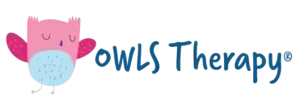Prepositions are incredibly important in a child’s language development. Preposition words are a part of speech that begins a phrase and adds details into a sentence.
For example, a preposition can tell information about items such as location, time, or position. In everyday life, a child may use a prepositional phrase to make a request (i.e. “I want help on the slide, Mommy!”), locating an item (i.e. “It’s in your bag”) or following a direction (i.e. “Put your jacket on the hook”). While prepositions are a common part of speech, they can a difficult concept for a child to learn because of their overlapping meanings. For example, the preposition “on” can be used as “I heard it on the radio” or “I put it on the chair”. Two different meanings, but the same word…confusing, right?!
See below the expected ages and preposition development:

Because prepositions are difficult, it’s important to teach them using structured, repetitive tasks with frequent modeling. Once a child has demonstrated understanding of a preposition, generalization, or applying the knowledge to other situations, is key! Practicing in a variety of contexts and settings can aid in generalization of skills.
Below are 5 ways to practice prepositions and encourage generalization at home.
SCAVENGER HUNT
Hide items in the backyard (such as plastic eggs!). When the child finds the desired item, have them describe where they found it, such as “under the tree” or “next to the chair”.
Then, have the child hide the items. When looking, they can give hints such as “it’s in the kitchen” or “it’s under something!”.
BOOKS OR STICKER BOOKS
Some books have prepositions embedded into the concepts. For example, the book “ Where’s Spot” by Eric Hill or “We’re Going on Bear Hunt” by Helen Oxenbury include prepositions throughout the story!
Sticker books are a great way to practice prepositions. A child can place items where they like and then describe the picture. See some favorites below!
Usborne
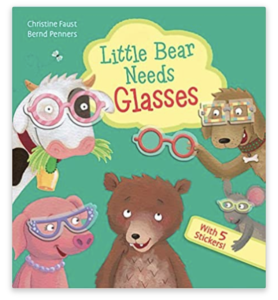
Melissa and Doug
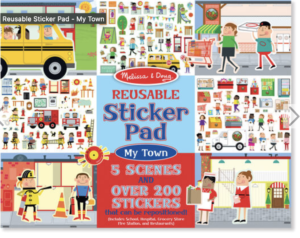
BALL POPPERS
Ball poppers are so fun and a great way to practice prepositions! Take turns using the ball popper and describe where the ball landed. Try different rooms for more preposition vocabulary around the house or head outside!
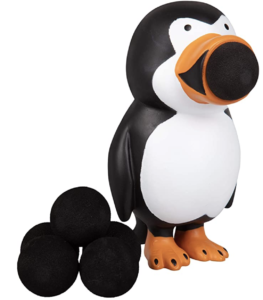
SIMON SAYS
Everybody loves a game of Simon Says! Take turns giving each other directions, such as “Put your hands behind your back”. Or, increase details by using items around the room, such as “Simon Says put the red pillow on the floor”.
USING PROPS AND TOYS:
-
Use the child’s favorite toys! A doll house or mini kitchen are wonderful toys, as they both contain a variety of vocabulary words and preposition concepts. For example, a child can direct the cooking actions during pretend play, such as “Put two strawberries in the bowl” or “Get the cup in the microwave”.
-
Legos/Blogs: Sort the Legos into color groupings and give the child directions, such as “Put the small yellow block under the big blue block”.
-
Cup stacking: Take out colorful plastic cups and stack away! Give directions of where to place the cups to work on listening skills with prepositions. Or, chat about the different locations of the cups, such as “the purple cup is on top of the pink cup” or “the blue cup is next to the yellow”.
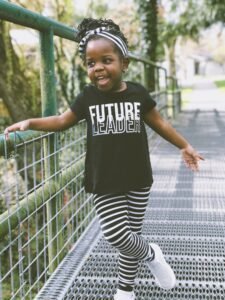
BONUS ACTIVITY
Clean Up! When the child is done with any of the above activities, practice some more prepositions! Not only will this target a language skill, but teach the child the importance of organization and care of personal items and their home. Have them follow directions to put away their toys in the correct location.
Continue to practice the prepositions until the child is able to comprehend and use them in a variety of activities. If continued difficulty is noted, contact us today for a free phone consult to discuss any concerns for speech or language development!
